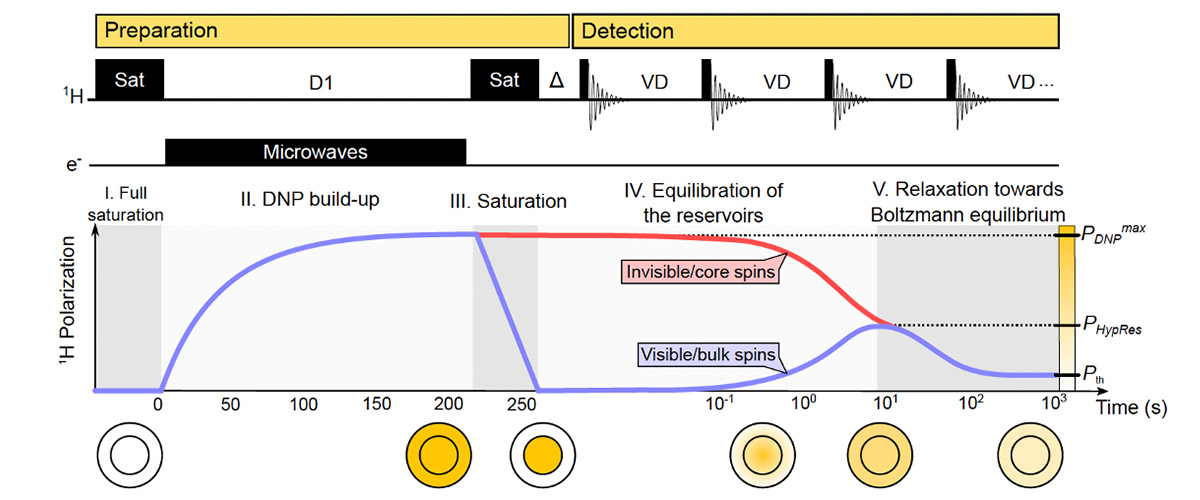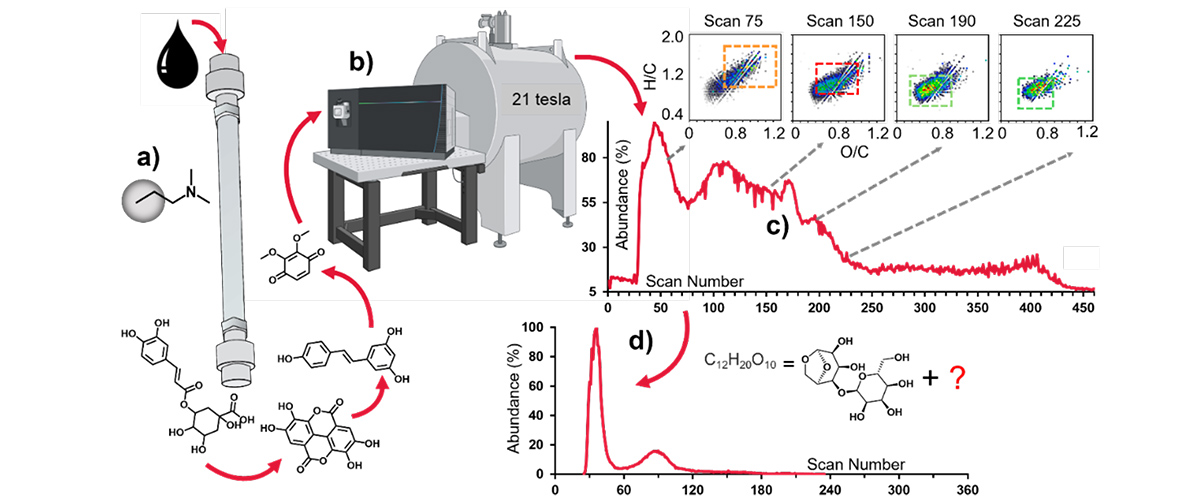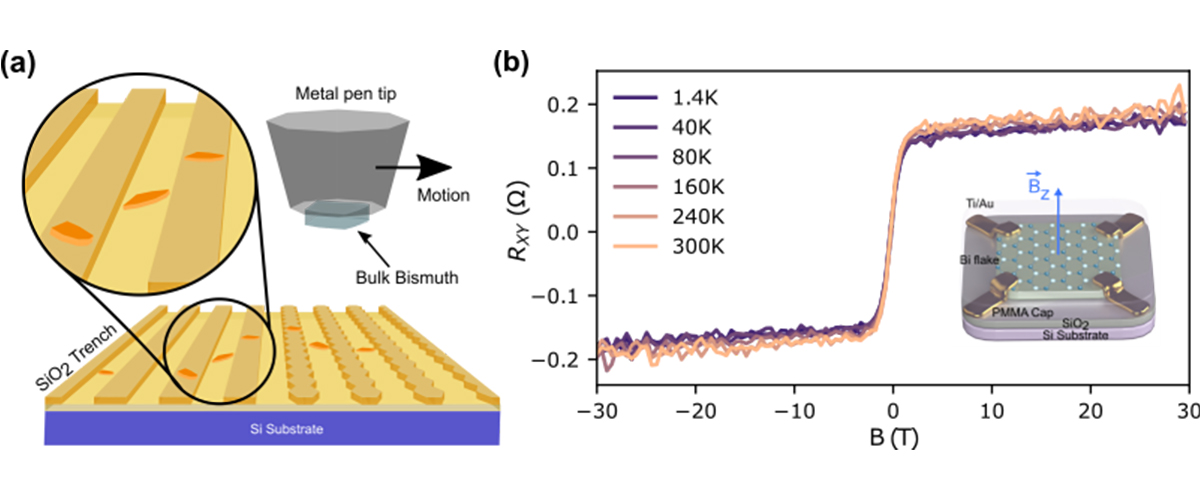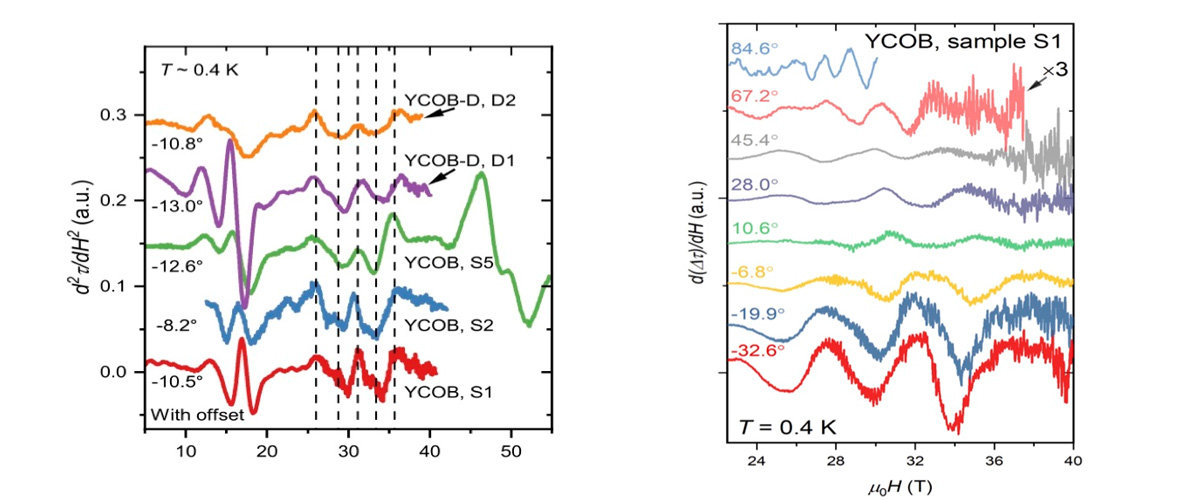What did scientists discover?
MagLab users have developed a new method called hyperpolarization resurgence (HypRes) to study how nuclear spins "communicate" in the presence of unpaired electron spins. This is a crucial advance in a revolutionary technique called dynamic nuclear polarization (DNP), which is used to provide enormous signal enhancements in nuclear magnetic resonance (NMR) and magnetic resonance imaging (MRI) experiments.
Why is this important?
NMR and MRI are used for a number of high-profile applications ranging from biological chemistry and in vivo imaging to materials science and drug discovery – yet NMR and MRI signals are often very weak. DNP uses complex mechanisms to enhance sensitivity, some of which are not fully understood even after seventy years of research.
The HypRes method is a tool to measure one of the important steps of DNP, namely the transfer of spin polarization between nuclei. Thus, HypRes will enable a deeper understanding of the influences different experimental parameters have on polarization transfers, thereby boosting the performance of DNP and expanding opportunities to study a wider variety of important chemical and biological systems.
Who did the research?
Q. Stern1, S. F. Cousin1, F. Mentink-Vigier2, A. C. Pinon3, S. J. Elliott4, O. Cala1, S. Jannin1
1CNRS, ENS Lyon, UCBL, Univ. de Lyon, CRMN UMR 5280; 2National MagLab, Tallahassee, FL; 3Swedish NMR Center, Univ. of Gothenburg, Sweden.; 4Dept. of Chemistry, Univ. of Liverpool, UK
Why did they need the MagLab?
The MagLab has developed a unique DNP apparatus capable of switching a high-power microwave source on and off in a very short time. This capability is required to realize the HypRes technique.
Details for scientists
- View or download the expert-level Science Highlight, A New Method for Understanding Dynamic Nuclear Polarization
- Read the full-length publication, Direct observation of hyperpolarization breaking through the spin diffusion barrier, in Science Advances
Funding
This research was funded by the following grants: S. Jannin (ERC 714519, MSC 766402); G. Boebinger (NSF/DMR 1644779); T. Cross (NIH S10 OD018519, NIH P41 GM12269801)
For more information, contact Robert Schurko.






